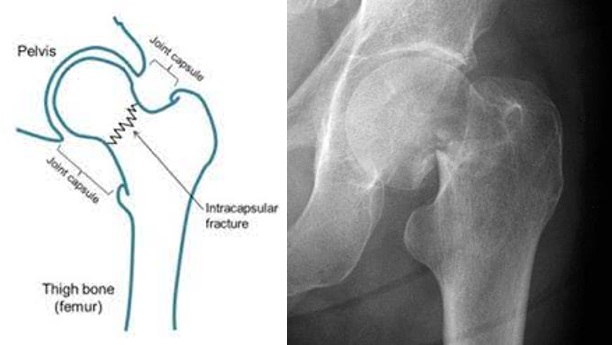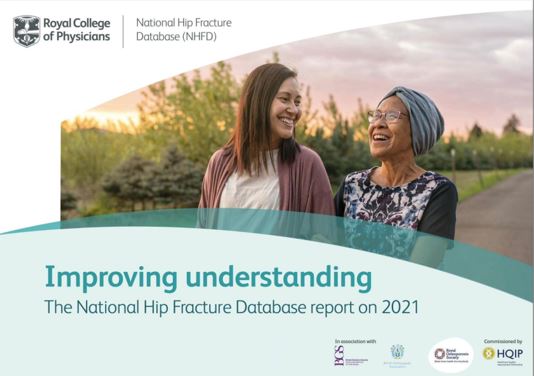As the UK’s health and social care systems face mounting pressure, caring for older people has become a major concern – especially in the winter months. But when it comes to injuries like hip fractures, there may be a way to avoid seasonal stress on the system.
Our health and social care services are already struggling to provide care and support for older people. Over the winter months, acute medical problems add further stress to the system, coupled with a dramatic increase in waiting times at Accident and Emergency Departments country-wide.
This isn’t a temporary issue. Between 2017 and 2040, the population of people aged over 65 is projected to increase by 49 per cent. The numbers of people aged over 85 – the group most likely to need health and care services – is projected to rise even more rapidly, nearly doubling from 1.4 to 2.7 million over the same period.
One of the greatest health concerns facing the UK’s elderly population is femoral neck fractures.
Femoral neck fracture
Femoral neck fractures are a type of hip fracture that account for 50% of all hip fractures.
The National Hip Fracture database (NHFD) guidelines state that early operative management (within 36 hours) has the most success. So, for patients who suffer from a fracture neck of femur, a swift and collaborative multidisciplinary team response can make all the difference.
Hip fractures among the elderly
Hip fractures rank among the top 10 causes of disability and death in the elderly population. They are more common in women, and are associated with osteoporosis and simple falls.
Worldwide, approximately 1.3 - 2.2 million femoral neck fractures occur each year. And treatment for these fractures is often more involved as such injuries are commonly linked with osteoporosis, a chronic illness in which bones become brittle.
Genetic factors are the biggest contributors to bone health, but smoking, alcohol, and reduced physical activity may play a role, as do low levels of calcium and vitamin D.
The most common fractured bones from falls are the wrist, hip, shoulder, arm, knee, and ankle. Usually, a person tries to break a fall by extending their hand toward the floor or the ground, and this frequently results in a broken wrist.
Are there more hip fractures in the winter months?
Studies show that in countries less accustomed to long periods of snow and ice, incidents do rise as a result of falls on icy surfaces. But according to new research, the correlation may not be as significant as we think.
A recent publication by Koizia L et al in Geriatric Orthopaedic Surgery & Rehabilitation noted that the number of admissions for hip fractures remained at similar levels throughout the year. This suggested that weather only plays a small role in the incidence of fractures.
The authors commented that “this could be because most neck of femur fractures occur in frail patients who fall at home and are unlikely to venture out regardless of the weather”.
The conclusion was that there was little indication of relationships between the weather and daily hip fracture admissions to Accident and Emergency Departments within an urban area in the UK.
This research shows that hip fractures are a year-round issue. And early diagnosis and treatment of osteoporosis could help to avoid added stress to our healthcare system in the winter months. And as we come out of the winter months, it’s important to remember that the threat of injuries such as hip fractures is not behind us.
Centre for Orthopaedic Biomechanics, University of Bath
What is Arthroplasty for Arthritis doing to help?
At the Arthroplasty for Arthritis Charity, we recognise the significance of an early and accurate diagnosis of a fracture in the neck of femur. That’s why we’ve given our support to researchers at the Centre for Orthopaedic Biomechanics, University of Bath, where they’ve confirmed that AI developed learning and identification of even the slightest fracture is more precise than fracture identification by consultant radiologists.
Research is critical for the improvement of our healthcare system, and the continued advancement of care for elderly patients. That’s why we are dedicated to supporting, fostering and sharing knowledge.
Get involved or donate to furthering critical research today by visiting our Just Giving page.



